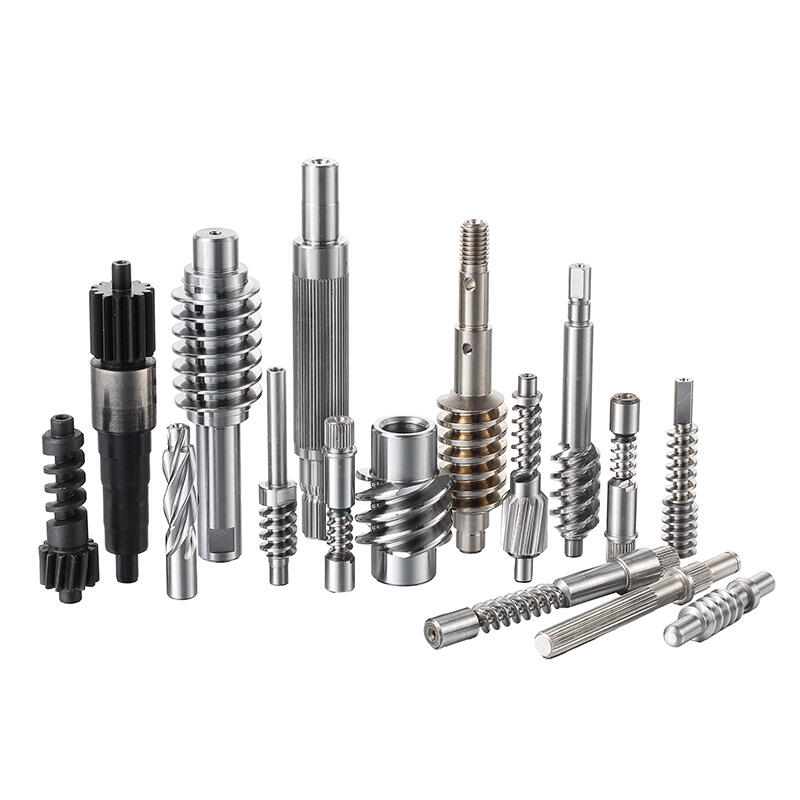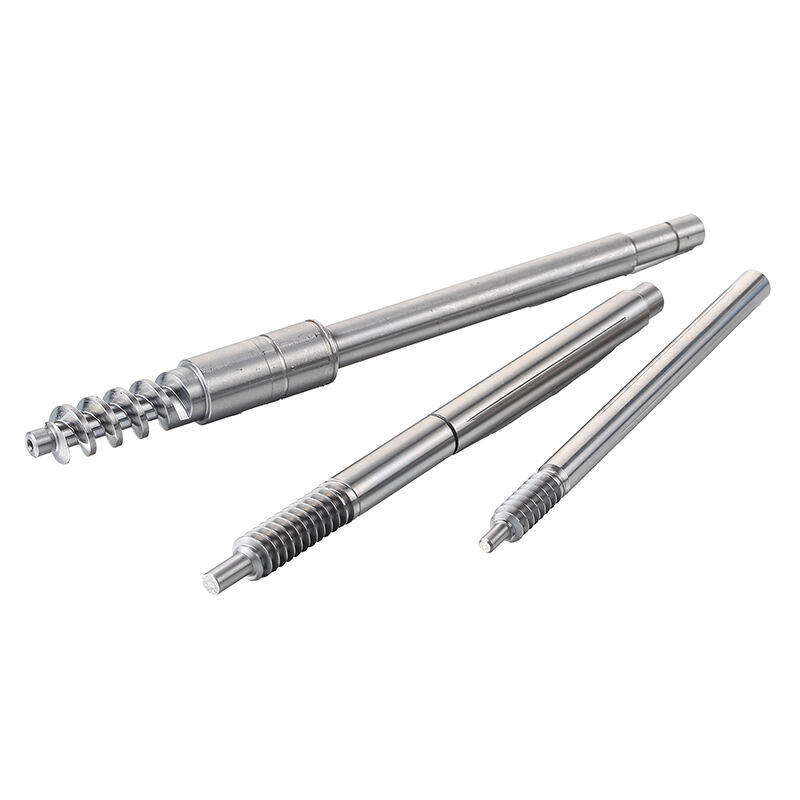automatisk rotorviklingsmaskin
Den automatiske rotorviklermaskinen representerer en betydelig fremskritt innen elektrisk motorproduksjonsteknologi. Dette sofistikerte utstyret automatiserer den komplekse prosessen med å vinde kobbertråd rundt motorrotorer, og sikrer nøyaktige og konsistente resultater. Maskinen har et programmerbart kontrollsystem som styrer trådspenning, vinkelhastighet og svingspill med ekstraordinær nøyaktighet. Dens avanserte servodrevne mekanismer muliggjør jevn drift samtidig som den opprettholder stramme toleranser gjennom hele vikleprosessen. Maskinen kan tilpasse seg ulike rotorstørrelser og konfigurasjoner, noe som gjør den anvendelig for forskjellige produksjonskrav. Integrete kvalitetskontrollsystemer overvåker kontinuerlig vikleprosessen, og oppdager og forhindrer potensielle feil. Maskinens automatiserte trådforsyningsystem sikrer konsistent trådplassering og riktig isolasjon mellom lagene. Moderne automatiske rotorviklermaskiner inneholder berøringsskjerm-grensesnitt for enkel drift og hurtige parameterjusteringer. De inneholder ofte loggføring av data for produksjonsovervåkning og kvalitetssikring. Disse maskinene reduserer betydelig behovet for manuelt arbeid samtidig som de øker produksjonseffektiviteten og opprettholder høye kvalitetsstandarder. Anvendelsesområdene spenner over mange industrier, inkludert bilindustrien, husholdningsapparater, verktøy og industriell motorproduksjon.


